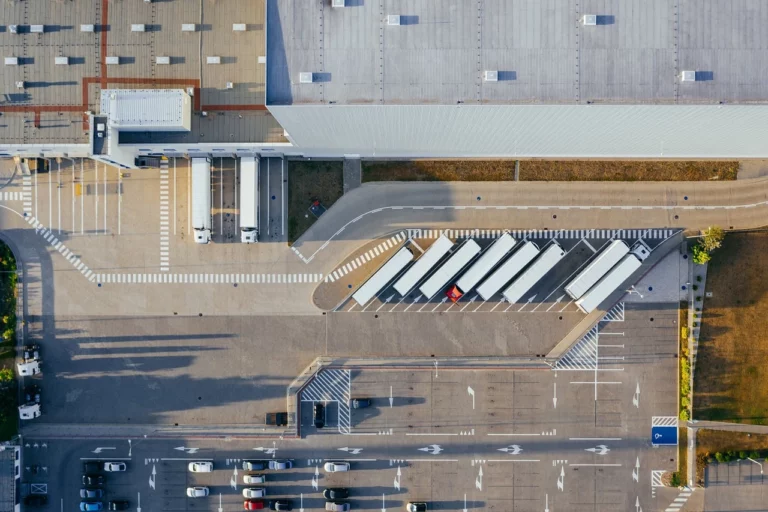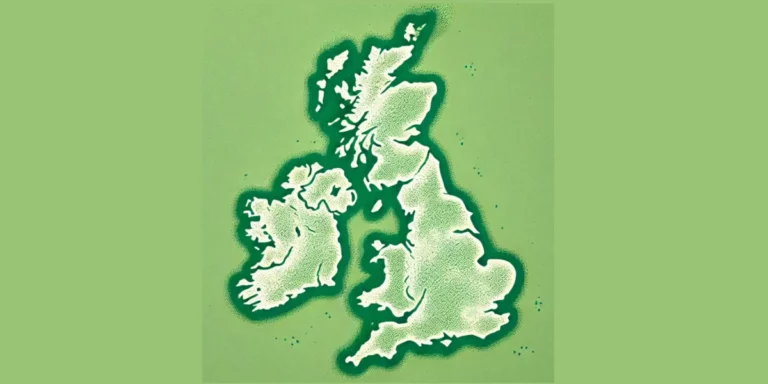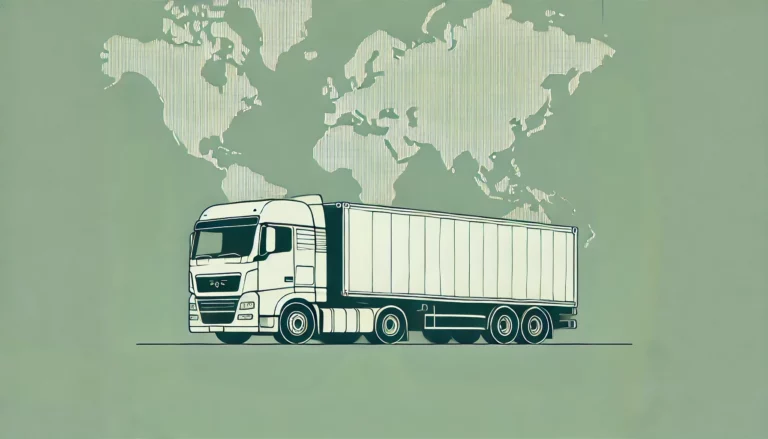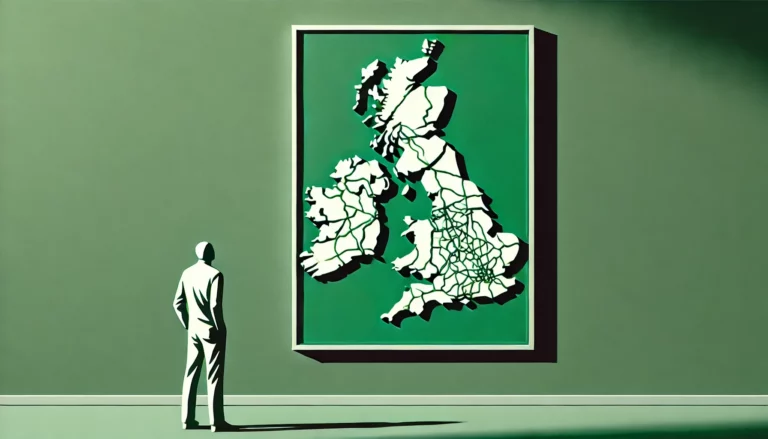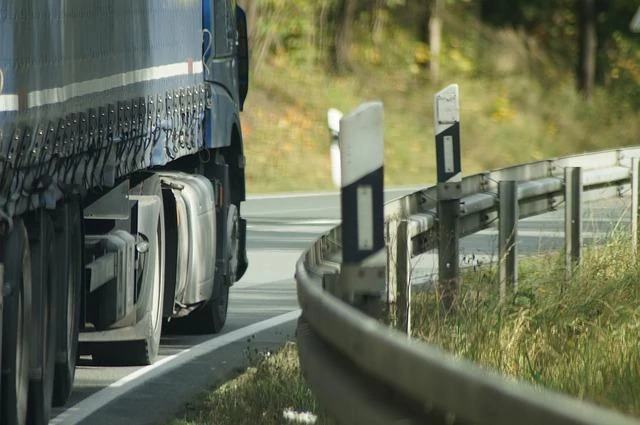Got waste to manage? - we know how to take care of it
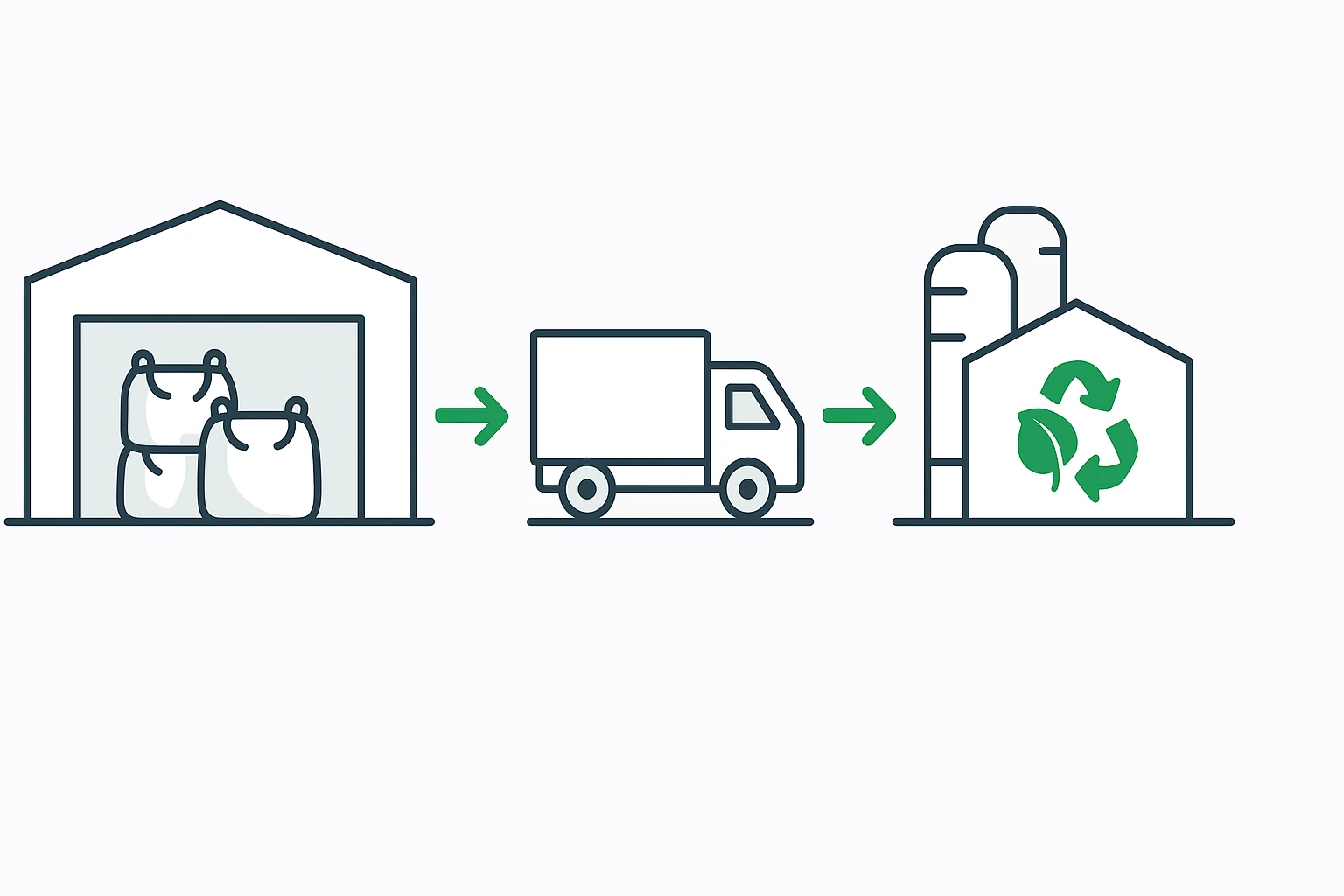
Am I managing my waste responsibly? Are I sure I am doing everything right? Many entrepreneurs are asking themselves this question. The temptation to take shortcuts is sometimes strong - quick export 'as you can', not quite sure of the waste code, 'temporary' solutions. Unfortunately, such a path comes at a high price: penalties, downtime, loss of customer confidence. Better to proceed legally and predictably. With us, everything runs smoothly. We prove that waste management can be cost-effective, organise collection and keep records. You regain time and peace of mind - without chaos and without the risk of sudden "surprises".
More often than not, it starts innocently enough: a fraction appears that nobody has fully catalogued, the warehouse is approaching its limit and production deadlines are not waiting. Someone in the company asks about the EWC code, someone else asks about the paperwork, and someone else asks about the risk of a penalty in an inspection. This is where we come in: we take over responsibility for proper management so that you don't have to tie up multiple threads in parallel - from documentation, to the handling path, to confirmations in the systems.
Do you have a question about waste management?
Write to us - we will help you find the right solution
Waste management in 4 steps
Step 1 Diagnosis
Firstly, we start with concrete data: photos/samples, description of the process, volume and form (bulk/bale/big-bags), possible impurities or moisture content. Secondly, we verify the requirements for the waste. This is the point at which we also make it clear what is not allowed: e.g. mixing hazardous waste 'for convenience' or 'diluting' fractions to change their status - as this is a straightforward route to serious sanctions (see penalty table below for details). Proper protection of the waste prior to transport is also of great importance here. A leaking container or faulty seal will cause the material to escape from the trailer into the environment.
Step 2: Development path
We then recommend a legal and cost-effective pathway: preparation for reuse, material recycling, energy recovery or disposal - depending on the parameters and market realities. We explain the 'why yes' (legal requirements, total cost, capacity availability), not just the 'how'. As a result, you receive a proposal with a cost and schedule.
Step 3 Organisation of the process
We set the date, collection times, take care of the complete set of documents (KPO/evidence and, for cross-border paths, Annex VII). In addition, we communicate with the partners managing your waste. Our role: end-to-end coordination and monitoring of compliance - from storage to management confirmation.
Step 4 Confirmation of development
Once the order has been completed, we provide management confirmations and other relevant documents. In case of inspection questions - the process and documents "defend" themselves, because they were planned with the inspection in mind.
Why does it work?
Thanks to our wide network of cooperating recyclers, we respond quickly to the demand for waste management, and our verified network of hauliers ensures efficient collection at the generator and timely transport to the installation (management site).
Why is this worthwhile?
Now imagine two scenarios. In the first, you deal with everything yourself: from the phone call to the recycler, to interpreting regulations, to correcting documents and transport arrangements and seeking carriers with the appropriate permits. However, every 'misspecification' costs you time, and every day of delay means more chaos and nerves. In the second case, you have a partner who communicates possible courses of action from the start. He also warns you of the risks, arranges schedules and takes care of all the documentation. What is the result of this? You have less downtime and more predictable costs and, above all, a sense of security in control.
On your own or with the help of an advisor? Comparison
| CRITERIA | SAME | WITH US (ECOLOGY24) |
|---|---|---|
| TIMING AND ORGANISATION | Many parallel threads, with uncertain deadlines and no single person in charge | Single point of contact, agreed action plan, confirmed deadlines and accountability on our side |
| COMPLIANCE WITH REGULATIONS | Procedural errors, in addition inconsistent records | Selection of a legal waste management path, complete and consistent records |
| COSTS ON THE PART OF THE COMPANY | Apparent "savings": document corrections, delays, refusals in installation | Thoughtful decisions, waste management without overpaying, predictable costs |
| RISK IN CONTROL | Formal deficiencies, inconsistent data, administrative decisions (financial penalties) | Documents prepared according to national/EU requirements, clear process, minimise risk of penalties |
| EVIDENCE AND TRANSPARENCY | Difficulty in demonstrating legitimate development, lack of a complete "trail" of document circulation | Confirmed waste management, entries in relevant systems |
| ADAPTATION TO CHANGE | Each new waste fraction or larger volume requires the process to be laid out from scratch. | Solutions tailored to batch type and size; a ready-made network of recyclers and hauliers for different scenarios |
Don't take risks, let us help you manage your waste
Not sure how to take care of your waste management? We can help you with everything. Call or write today:
e.nadolna@ekologistyka24.pl , +48 881 045 376
j.blazewicz@ekologistyka24.pl , +48 500 867 153
What are the penalties for inadequate waste management?
The following is a list of violations, related to waste management as defined in the Waste Act (collection, storage, processing, transfer), with the range of administrative penalties. Penalty amounts in practice are in the range of £1,000 -1,000,000, but the final amount depends on the type of violation, the amount and characteristics of the waste and the circumstances. Each of the elements listed below is interactive. Click on the "+" on the right-hand side of the page to see a description of the offence in question and to learn tips on how to minimise the risk of punishment.
Infringements of procedures
Violations related to permits/decisions
Formal/procedural deficiencies
Operating in contravention of prohibitions
Why risk fines of up to £1,000,000 when legal waste management costs a fraction of that amount?
Minimise the risk of administrative penalties. We will take care of waste management, collection and full documentation. Contact us:
e.nadolna@ekologistyka24.pl , +48 881 045 376
j.blazewicz@ekologistyka24.pl , +48 500 867 153
Did you know that.
According to the data for 2024, the average Pole generated 376.9kg of municipal waste (a result 20kg higher than the year before). At that time, just over 18% was recycled and about 30% was sent for disposal - mainly landfilling. The CSO points out that the reporting methodology has changed from 2023 onwards, which affects the comparability of the data.
In comparison, EU data show that in 2023, there was an average of 511 kg/per capita of municipal waste generated; 48% of this was recycled (material + composting).
In 2024, >12,700 wild dumps were eliminated in Poland - an estimated 39,500 tonnes of waste had accumulated there. The grey zone in waste management was then valued at ~£6bn per year.
How do we turn risk into order?
A production manager from a food company called us. "We are starting to run out of space. Plastics from current orders are accumulating, and we're not sure what to do with it to make it legal - and fast." Waste was piling up in the warehouse, the schedule was thickening and each day meant less freedom on the shop floor. The team wanted to operate legally and predictably, but there was not enough time to find a recipient, agree terms and conditions and iron out paperwork.
We asked for some photos and a brief description of the fraction: where it comes from, what form it is in, how much of it arrives each week. That same evening, we came back with specifics: we proposed a legally compliant management path at a facility that accepts this type of waste, with no shortcuts or obscure workarounds. We set a convenient deadline, adjusted the logistics to the production windows and, on the documentation side, prepared what was necessary to defend everything in the event of an inspection.
On Monday morning, the first car pulled up in front of the warehouse. Within 72 hours of acceptance, the first batch left, followed moments later by the second. A total of 18 tonnes of waste disappeared from the congested area, which immediately unclogged the packing and shipping process. Once the order was closed, the customer received a set of confirmations - the 'paper' was in place, legible and consistent. Comparing the whole thing with the previous way of doing things, the company came down in cost by 11%, but more important was something else: calmness and predictability returned.
When time is short, it is easiest to make hasty decisions that cost the most later on. We sort out the process so you don't put out fires: a legal way to proceed, timely approvals and a complete set of documents. It's simply the right choice.
Our waste management
We do not sell a "one procedure for all". Above all, we select a solution for a specific type and quantity of waste: plastics and packaging (film, PET/PP/HDPE, mix, production waste), metals and components, business waste and non-standard fractions by agreement. If you don't know what to do, send us your enquiry at dispo@ekologistyka24.pl, or use the formwe'll help put everything in order.

